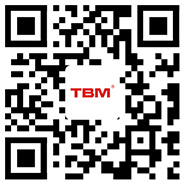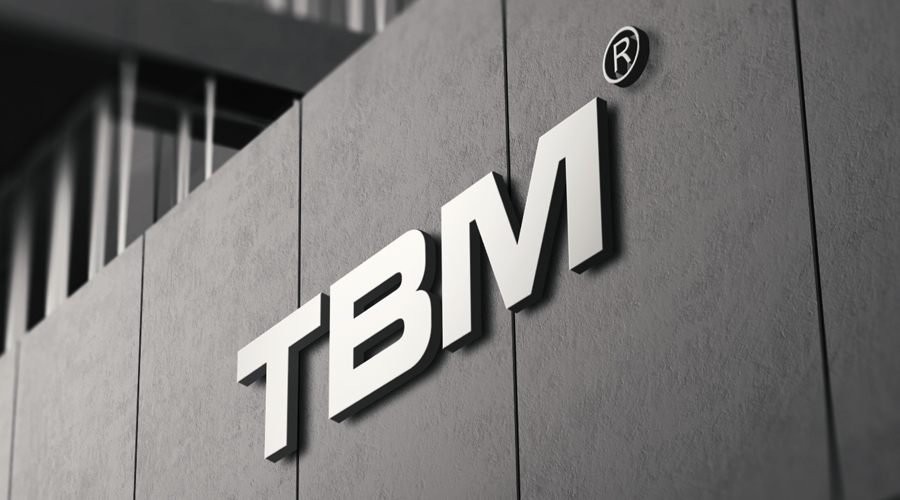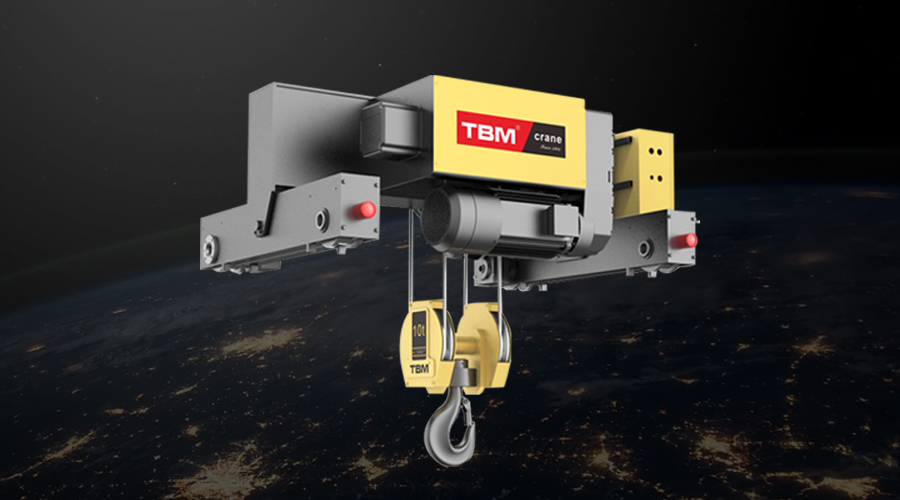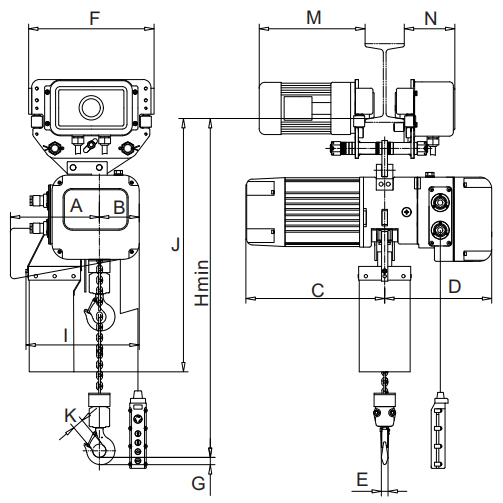The latest version of tower crane safety regulations (GB 5144-94)
1 Subject content and scope of application
This standard specifies the safety technical requirements for the design, manufacture, installation, use, maintenance and inspection of tower cranes for construction.
This standard applies to all kinds of construction tower cranes (hereinafter referred to as cranes).
This standard does not apply to tower cranes of automobile type, tire type and crawler type.
2 Tower crane reference standards
GB5972 Practical code for inspection and scrapping of wire ropes for hoisting machinery
Wedge joint for GB5973 steel wire rope
Pressure plate for GB5975 steel wire rope
GB5976 wire rope clamp
Technical conditions of GB9462 tower crane
GB10051.1 Lifting hook mechanical properties, lifting weight, stress and materials
GB10672 Tower Crane Wheel Technical Conditions
Technical conditions of GB10673 tower crane driver's cab
GB/T13752 Tower Crane Design Code
ZBJ80012 tower crane operation rules
3 machine crane
3.1 The working conditions of the crane should comply with the relevant regulations in GB9462.
3.2 The anti-tipping stability of the whole crane (including working and non-working) should comply with the relevant regulations of GB/T13752 in 4.3.
3.3 The crane shall ensure that the balance weight does not move or fall off when it is working normally or starts to tip over. When using bulk materials as a balance weight, a balance weight box should be used. The balance weight box should be able to drain smoothly without falling off the bulk materials.
3.4 When the crane leaves the factory, the product signs and production license signs should be fixed in obvious positions.
3.5 The random technical documents to be provided when the crane leaves the factory should comply with the relevant regulations in GB9462.
3.6 The user should establish equipment files for cranes, which should include:
a. Each activation time and installation location;
b. Daily maintenance, repair, change, inspection and test records;
c. Equipment and personal accident records;
d. Problems and evaluation of equipment.
4 Tower crane structure
The materials used in the crane structural parts should comply with GB/T13752 5.
4.1.1.
4.1 Connection
4.1.1 Welding
Quality inspection must be carried out on the welds of the main stressed components to make them meet the design requirements.
4.1.2 Bolt and pin connection
4.1.2.1 The bolts and pin materials used in connection should be in accordance with GB/T13752 5.
4.2.2 Provisions.
4.1.2.2 When bolts and pin shafts are used for connection, they shall meet the relevant regulations and requirements in GB9462.
4.1.2.3 When high-strength bolts are used for connection, the connection surface should be cleaned of dust, paint, oil and rust. And must use a torque wrench or special wrench, tighten according to the assembly technical requirements. Attention must be paid to such a wrench when leaving the factory.
4.2 Ladder and guard ring
4.2.1 Ladder set up not more than 65° to the horizontal is called inclined ladder.
The two sides of the inclined ladder should be provided with handrails not less than 1m high. The handrails are supported on the vertical rods on both sides of the steps, and the vertical rods on each side shall be connected by horizontal bars.
The treads of the inclined ladder should be made of non-slip metal materials, the lateral width of the treads shall not be less than 300mm, the step interval shall not be greater than 300mm, and the width between the handrails of the inclined ladder shall not be less than 600mm.
4.2.2 Ladder set up between 75° and 90° to the horizontal is called an upright ladder. The upright ladder should meet the following conditions:
a. The width between the two support rods of the vertical ladder is not less than 300mm;
b. The step interval is 250-300mm;
c. The distance between the upright ladder rod and the web rod of the main structure behind is not less than 160mm;
d. The diameter of the tread rod is not less than 16mm.
4.2.3 It is not allowed to set up ladders between 65° and 75° to the horizontal.
4.2.4 Upright ladders 2m above the ground should be provided with retaining rings, which should meet the following conditions:
a. The minimum diameter of the retainer is 650mm;
b. The distance between the guard rings is 700±50mm;
C. The side of the retainer should be connected by three slats evenly distributed along the circumferential direction of the retainer;
d. Any point of the retainer should be able to withstand a concentrated load of 1000N.
When the ladder is installed inside the crane structure, and the distance between the ladder and the structure is less than 1.2m, the guard ring may not be provided.
4.3 Platforms, walkways, baffles and railings
4.3.1 Platforms, walking platforms, baffles and railings should be installed at the operation and maintenance places.
4.3.2 Platforms and walking platforms above 2m from the ground shall be made of metal materials and have anti-slip properties. When using round holes, grid holes or other materials that cannot form a continuous plane, the size of the holes or gaps should not allow a sphere with a diameter of 20 mm to pass. In any case, the area of the hole or gap should be less than 400mmz.
4.3.3 The width of the platform and walking platform should not be less than 500mm, and can withstand a moving concentrated load of 3000N. A baffle not less than 150mm high should be installed at the edge.
4.3.4 Platforms and walking platforms above 2m from the ground should be provided with handrails to prevent operators from falling down. The height of the handrail should not be less than 1m, and can withstand a concentrated load of 1000N horizontal movement. At half the height of the railing, a middle hand-supported stalk should be set.
4.3.5 In addition to the quick installation tower, a small resting platform should be set when the ladder height exceeds 10m.
4.3.5.1 The first resting platform of the ladder shall be set at a height not exceeding 10m, and one shall be set every 6-8m in the future.
4.3.5.2 When the terminal of the ladder is connected to the small platform, the step pedal or step bar should exceed its plane. The guard ring and handrail should extend to the height of the small platform railing, and a 50Omm wide platform should be set. Within the width of the ladder, the height of the baffle of the small platform can be 50mm, and the centerline of the first step pedal or the step rod under the small platform should not be more than 150mm from the surface of the small platform.
4.3.5.3 If the ladder is not interrupted at the small platform, the guard ring should not be interrupted either. However, a hole with a width of 0.5m and a height of 1.4m must be opened on the side of the retainer to facilitate access to the small platform. 4.4 Boom walking platform 4.4.1 For the boom of the trolley, the walking platform should be set in the boom.
a. When the section height of the boom is less than 1.5m, the setting of the walking platform and the handrail is shown in Figure 1.
b. When the height of the boom section is between 1.6m and 1.8m, the setting of the walking platform and the handrail is shown in Figure 2.
c. When the section height of the boom is greater than 1.8m, the setting of the walking platform and the handrail is shown in Figure 3.
4.4.2 When a safe working platform that moves with the trolley is set on the quick-installed tower crane or the luffing trolley, the jib walking platform is not required. 4.5 Driver's cab 4.5.1 For cranes with trolley luffing, the lifting height exceeds 30m; for boom luffing cranes where the height of the boom hinge point is more than 25m from the top of the rail or the working surface, a seat should be installed on the upper part of the crane A driver’s cab that can rotate with the crane.
The cab cannot be hung on the boom, but can be attached to the turret. Its position should not be directly below the boom. Under normal working conditions, the moving parts of the crane will not hit the cab. ? If the driver's cab is installed in the slewing tower structure, the driver's vision should be wide.
4.5.2 Other safety requirements of the driver's cab should meet the relevant regulations in GB10673.
4.6 Retirement of structure

zhejiangshuangniao lifting equipment co.,ltd.
With the core concept of "innovation to lead the future, focus on achievement", we have become the vane of domestic electric hoist development and lead the development of domestic electric hoist industry.
Group Industry
Zhejiang Shuangniao Machinery Co., Ltd.
Zhejiang Shuangniao Lifting Equipment Co., Ltd.
Zhejiang Double Bird Anchor Chain Co., Ltd.
Zhejiang Shuangniao Digital Machine Tool Co., Ltd.
Contact Us
Address: No. 9, Tenglong Road, Industrial Function Zone, Huangze Town, Shengzhou City, Zhejiang Province
Phone:0575-83051888
Telephone:18957539688(Mr.Liu)18957536588(Mr.Wei)
After sale:0575-83501776
Fax:0575-83505818
Web:www.tbmcrane.com
E-mail : info@tbmhoist.com

Follow the website

Official account
© 2020 Zhejiang Shuangniao Lifting Equipment Co., Ltd. All rights reserved 浙ICP备2020035933号-1
Power By:300.cn







